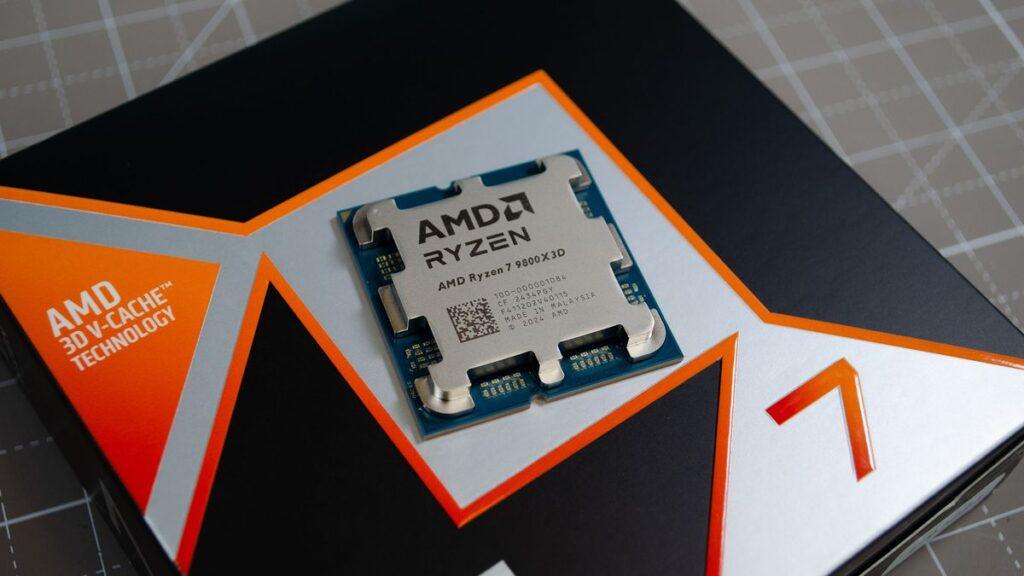What kind of 2024 did AMD experience? This year was quiet in some respects for the Red Team, with not much activity in the GPU space save for one notable exception, but more happening on the CPU front, although the introduction of the new Zen 5 processors proved controversial.
New Copilot+ PC laptop chips and a new X3D offering were definitely highlights, so without further ado, let’s dive into what was good, bad, or indifferent for AMD in 2024.
Vanilla Ryzen 9000 CPUs flopped at launch
This year we received new Ryzen processors, although the launch of these Zen 5 chips was delayed by a month, from July to August, a delay that some considered ominous at the time. Those more pessimistic murmurs turned into something of an online protest when the Ryzen 9000 range finally arrived, with the PC community apparently quick to label the new processors a failure.
It’s perhaps a harsh conclusion to jump to, although it’s undeniable that the Ryzen 9000 fell short of potential CPU buyers’ expectations, particularly when it came to gaming performance, where improvements were widely reported to be closer to 5%. than 10% of AMD. promoting the preview (that’s where the ‘Zen 5%’ joke comes from). The best news is that the Ryzen 9000 quickly gained better performance thanks to the tuning work in Windows 11 24H2, although more importantly, the Ryzen 7000 chips came close to the same (significant) increase.
After fairly rocky reviews of the flagship Ryzen 9700X and 9600X offerings, sales seemed to slump early on, partly because the Ryzen 7000 chips still exist with fairly deep discounts applied, making them comparatively more tempting.
So the criticism AMD received from a gaming angle wasn’t great here, but the Red Team had a couple of things going for them. Desktop CPU rival Intel spent all of 2024 dealing with issues far worse than a lukewarm reception around gaming prowess: Team Blue’s 13th and 14th generation processors were plagued by nasty instability issues. (which were finally solved). On top of that, Intel’s new Core Ultra 200S (Arrow Lake) desktop CPUs fared as poorly as the Ryzen 9000 (actually worse) out of the gate in terms of gaming performance.
That gave AMD some breathing room, and then the Red Team responded with a powerful barrage to entice PC gamers in terms of a quick launch of its new 3D V-Cache processors.
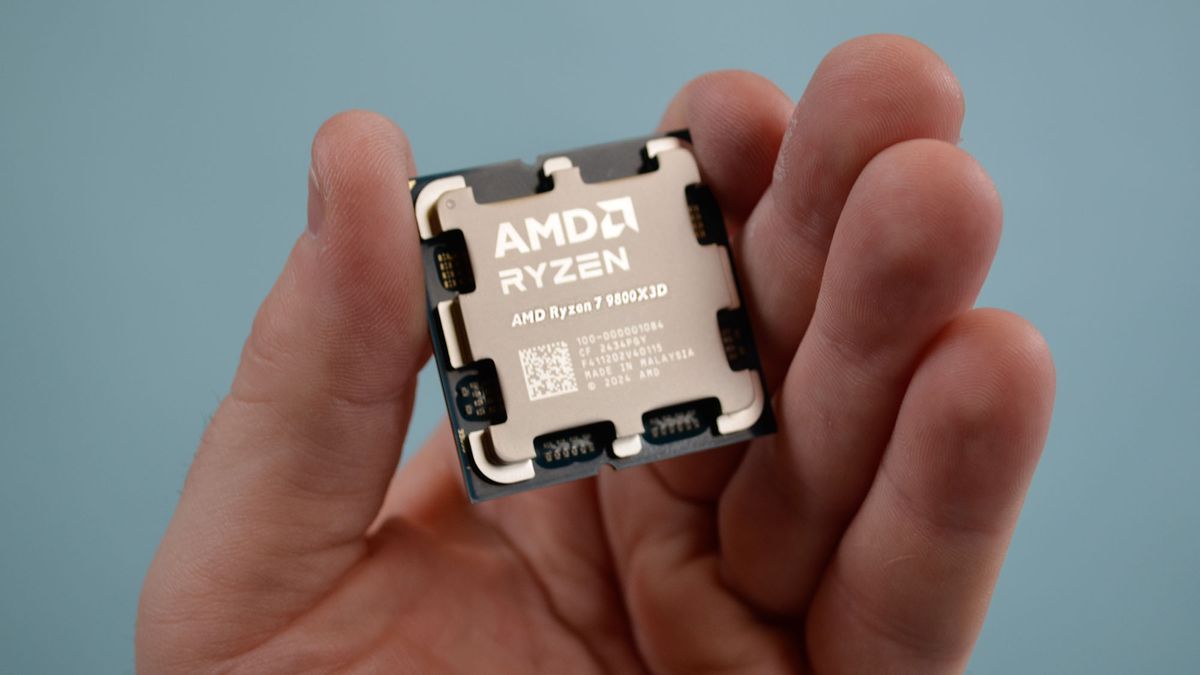
Ryzen 9800X3D to the rescue
Last year, we saw the introduction of 3D V-Cache for Zen 4 CPUs, and the Ryzen 7800X3D became the most popular gaming CPU out there. While AMD typically takes some time to release X3D chips for a given generation, with Zen 5, these gaming-focused processors arrived very quickly. In fact, the Ryzen 9800X3D debuted in the first week of November, just a few months after the Ryzen 9000 chips.
One could argue that this rushed appearance was pushed to take away the bad taste of the Ryzen 9000, and in fact, the Ryzen 9800X3D did exactly that for PC gamers. As we discovered in our review, this CPU is greatly improved (also with the ability to overclock for the first time) and is a great gaming chip; in fact, we call it the best processor launch of 2024.
The sticking point for the 9800X3D was the slightly increased MSRP, along with initial stock selling out very quickly, a situation compounded by resale issues. Still, this was clearly the piece of silicon that AMD needed to come out with to regain its CPU reputation and really take the fight to Intel.
Also, it’s worth noting that we received a welcome next-gen offering from AMD, the Ryzen 7600X3D, as a budget gaming CPU (and a great option for small form factor builds), but as a Micro Center exclusive. in the United States (again).
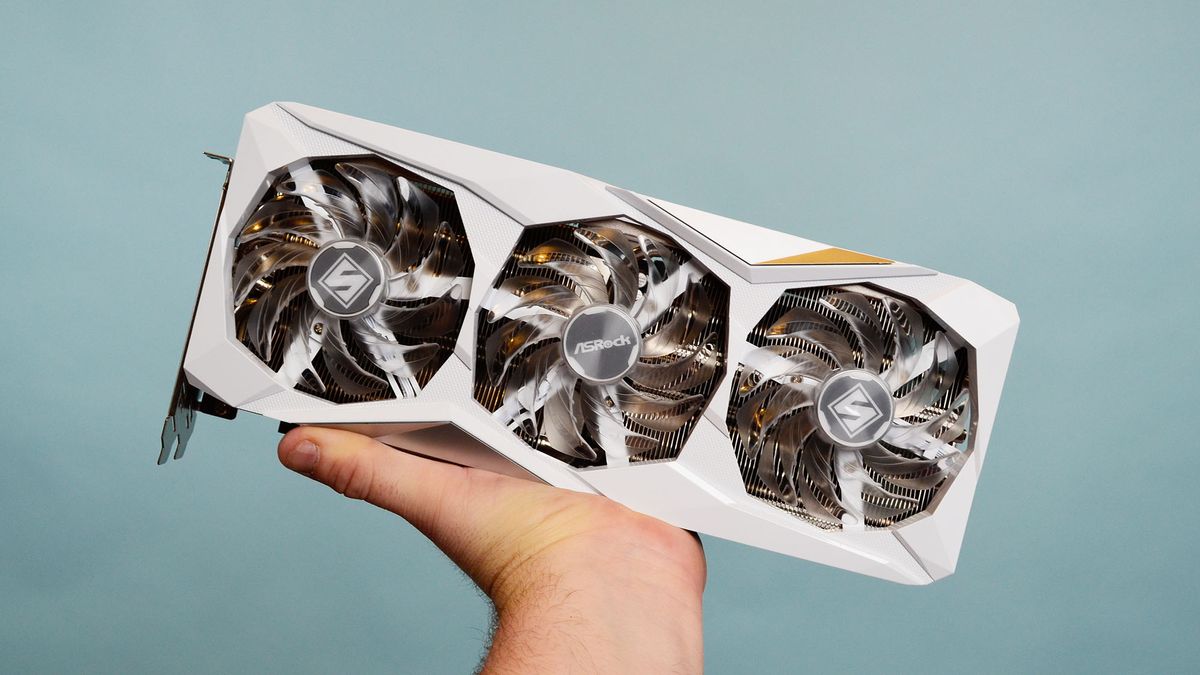
GPU Disappointment – With One Big Saving Grace
AMD was a hive of activity with graphics cards last year, rounding out the RDNA 3 series with several GPU models, from the low-end RX 7600 to mid-range territory with the RX 7700 XT and 7800 XT. Before that, in 2022, we only had high-end models with the RDNA 3 family.
To say this year was a little different is an understatement. In early 2024, we got a new RX 7600 its rival Nvidia (the RTX 4060).
We expected some new entrants at the real budget end of the GPU market in 2024, below the RX 7600, but the rumored RX 7400 and 7300 never appeared. (Although, interestingly, we did get some milking from the old low-end Radeon GPUs.)
Of course, we were also looking forward to RDNA 4 more, but that didn’t happen either. Although rumors strongly believe that these next-generation graphics cards could debut later in 2024, they did not, and a launch is now predicted for the first quarter of 2025. Overall, the absence of RDNA 4, which is rumored to peak in the mid-range, with a flagship RX 8700 XT in theory, was one of the biggest disappointments in the PC sphere for us in 2024.
What we got, however, was a rocket-powered rabbit: a Golden Rabbit Edition, or GRE, version of the RX 7900, to be precise. Now, this was a GPU that was launched in China in mid-2023, but was only launched globally in February 2024. At that time, the RX 7900 GRE burst into our list of the best GPUs and stole the top position , possibly being the best basic option for 4K games.
So it wasn’t a total failure for Team Red after all, particularly considering that the RX 7800 XT also topped our list of the best GPUs when it emerged last year. However, the GRE was the only thing that was GRE-at (sorry) around 2024 for AMD GPUs.
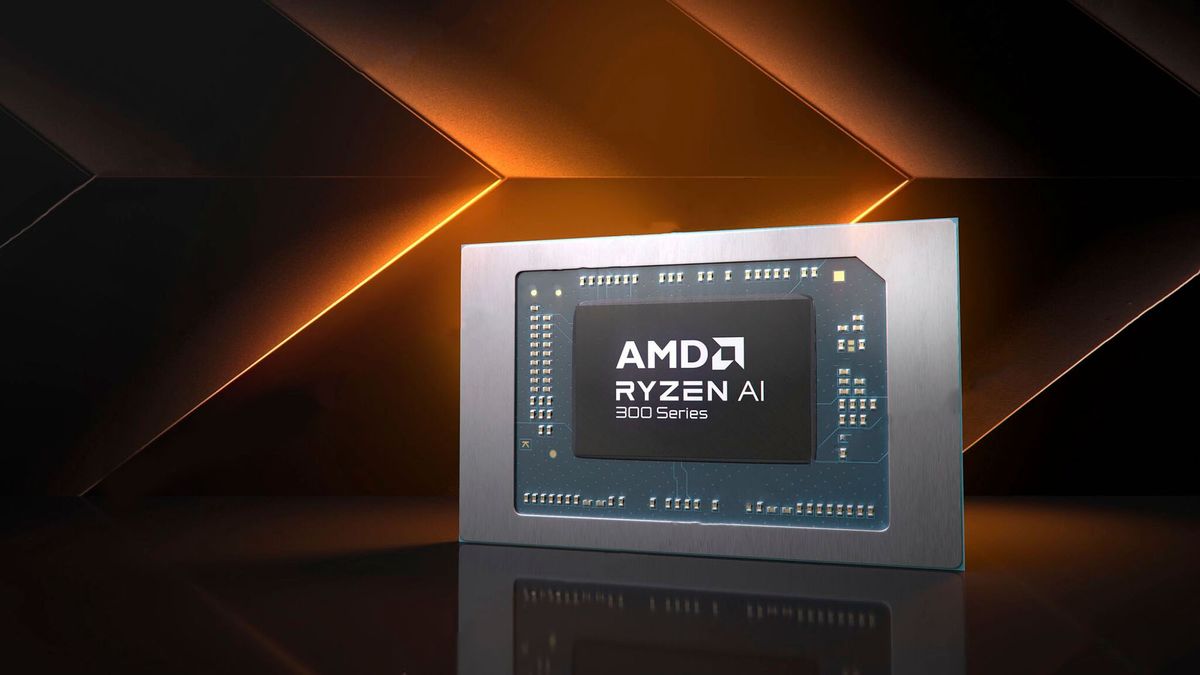
Ryzen AI 300 bursts onto the scene to take on Qualcomm Snapdragon
As you’ve no doubt noticed, 2024 was the year the Copilot+ PCs launched, and to begin with, the only chips powering these AI laptops were Qualcomm’s Snapdragon X SoCs.
However, AMD and Intel were not far behind with CPUs that had a beefy enough NPU to qualify as the engine of a Copilot+ PC, and Team Red’s Ryzen AI 300 (x86) processors (aka Strix Point) arrived to laptops starting from July 2024. However, the models available were very scarce to begin with and, in fact, the number of options with Strix Point laptops remains limited even when this year comes to an end.
The Ryzen AI 300 proved to be strong for AI, and also overall performance and mobile gaming, easily matching Qualcomm’s effort, with the advantage of not having any of the compatibility issues that the Arm-based Snapdragon X CPUs have as a result. luggage.
That said, Intel also introduced Lunar Lake (x86) mobile processors for Copilot+ PCs in 2024, and these also proved to be very powerful CPUs and rivals for the Ryzen AI 300 in many aspects. In short, two excellent x86 alternatives to Copilot+ PCs powered by Qualcomm Snapdragon
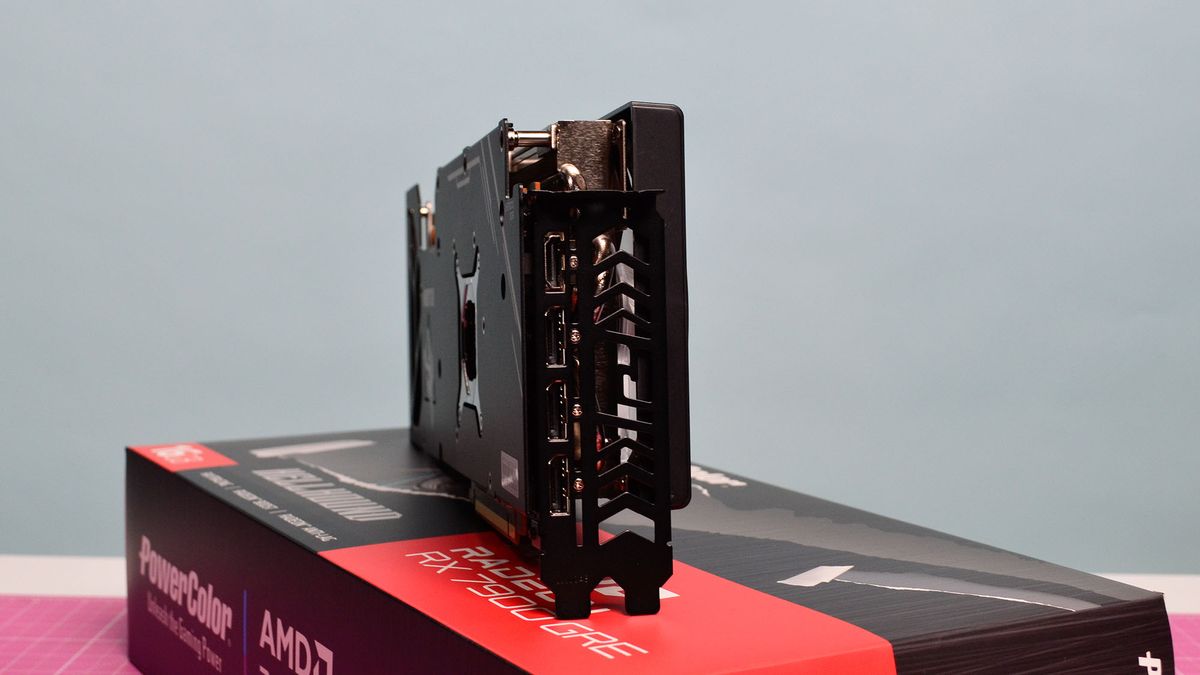
Final thoughts
Other notable developments for AMD in 2024 included the release of FSR 3.1, which still lags behind Nvidia DLSS, although perhaps AI will fix that, and a telling achievement in overtaking Intel in the data center arena in terms of general income.
While the launch of the Ryzen 9000 CPUs caused some wobbles, we have to remember that these are not bad chips by any means – they just didn’t live up to (gaming) expectations and didn’t seem like great value compared to what came before. Generation processors (at greatly reduced prices) that are still on the shelves (for the moment).
The time will certainly come for the Ryzen 9000, and in any case, AMD bounced back adequately with the Ryzen 9800X3D, and it wasn’t exactly under pressure from Intel either, as Team Blue had bigger concerns than the criticism that Team Red faced.
GPU releases were sparse from AMD and quite disappointing, save for that RX 7900 GRE, and the lack of RDNA 4 appearing this year was another source of some consternation.
Unfortunately, in 2024 AMD also implemented major layoffs, and the company did not hesitate to focus increasingly on the world of AI, where abundant profits can be made.
Does that greater inclination towards AI have something to do with pushing back RDNA 4 graphics cards, perhaps? We don’t know, and we wouldn’t get carried away with any paranoia about AMD deprioritizing consumer GPUs just yet; It probably has more to do with market conditions and selling through current generation RDNA 3 stock. Plus, you could apply that line of worried thinking to Nvidia alike, as the next-generation Blackwell gaming GPUs also didn’t appear this year and are perhaps launching in the shadow of much larger potential AI gains.

